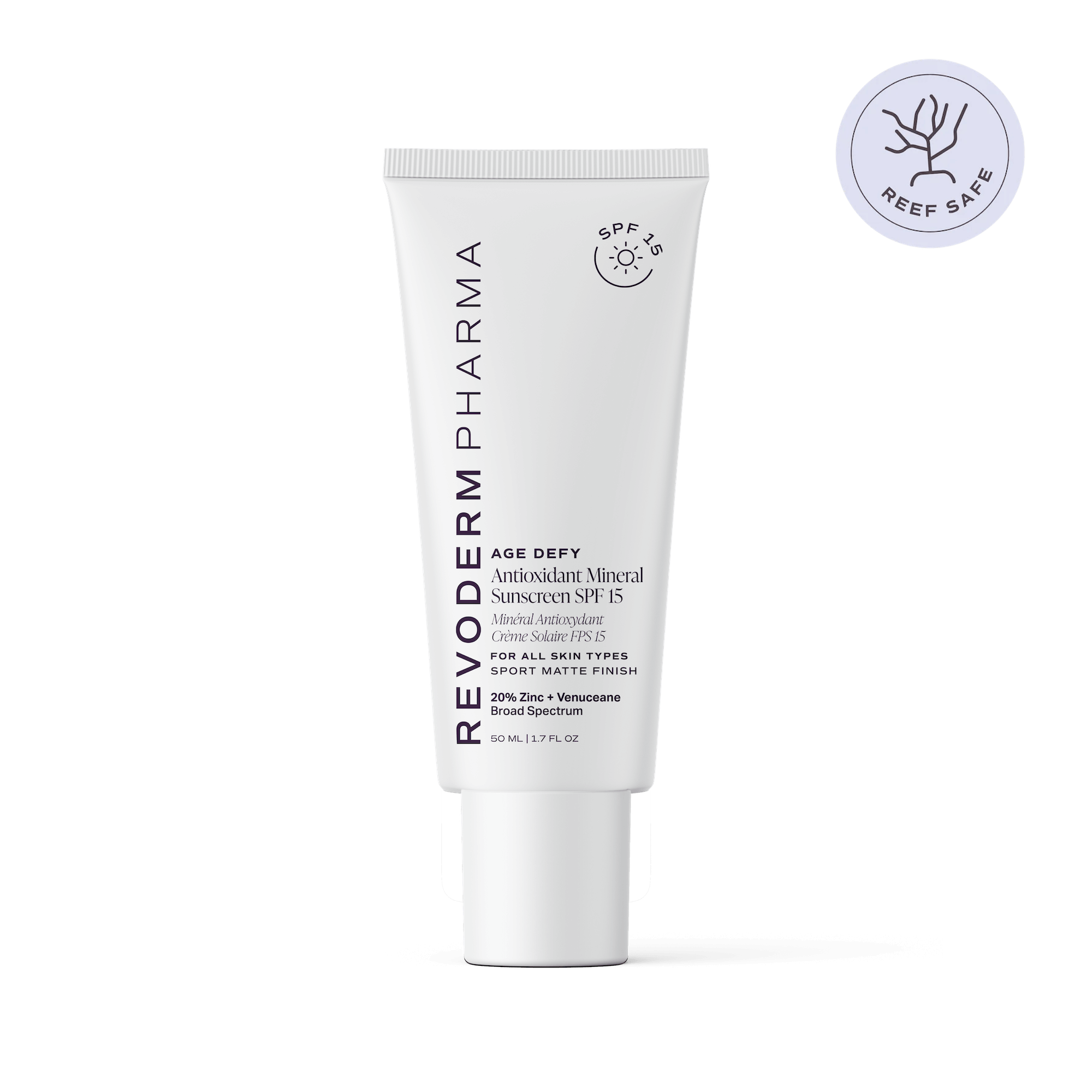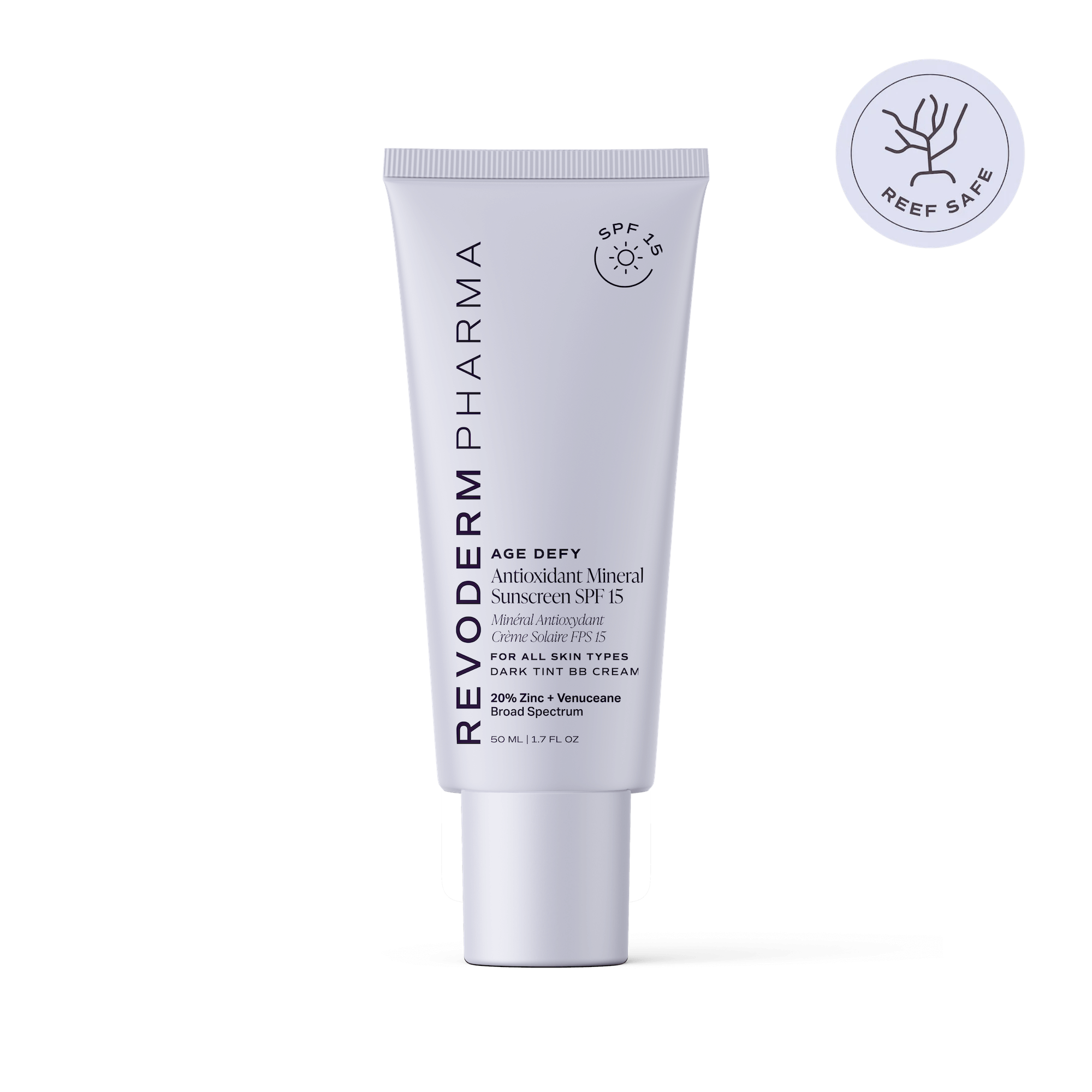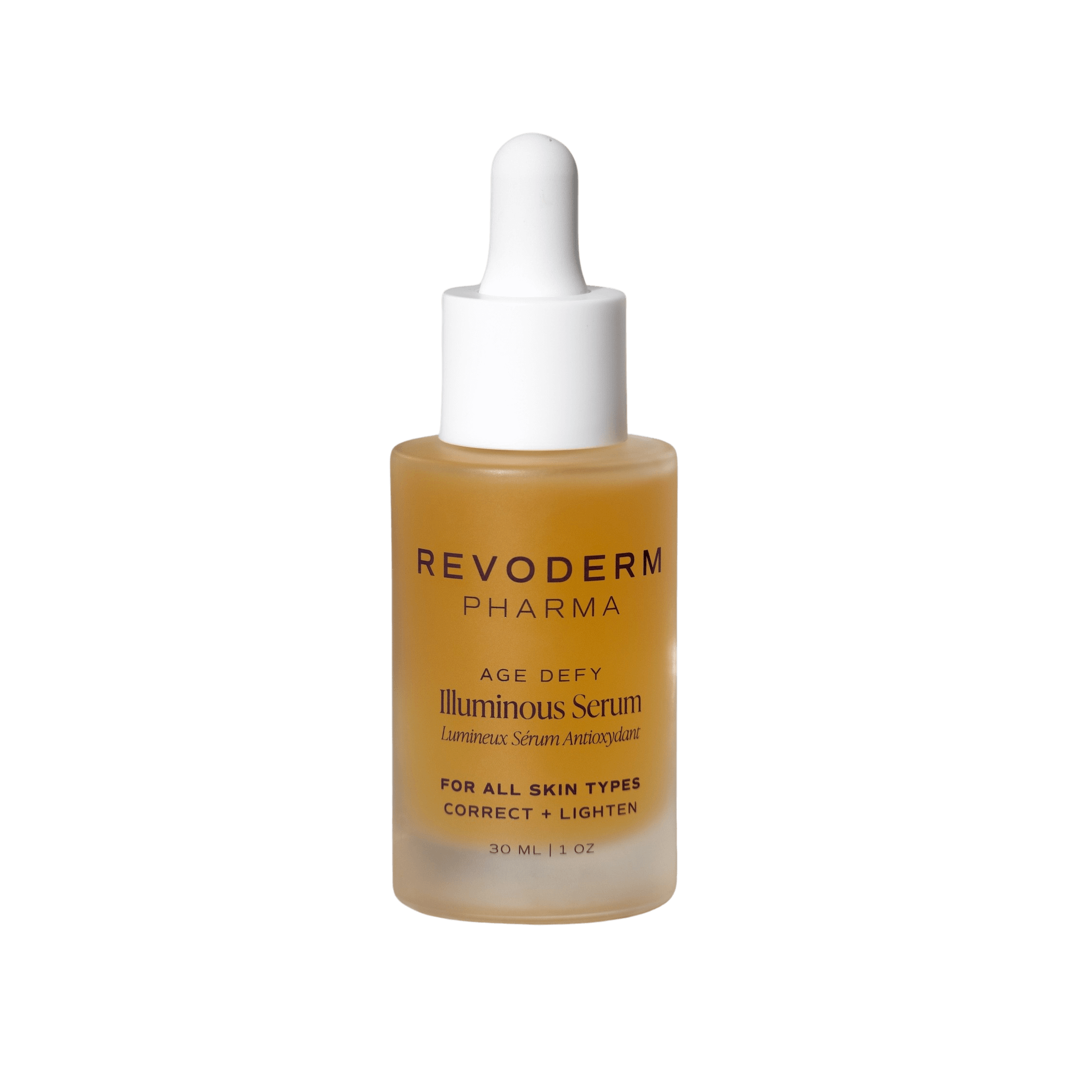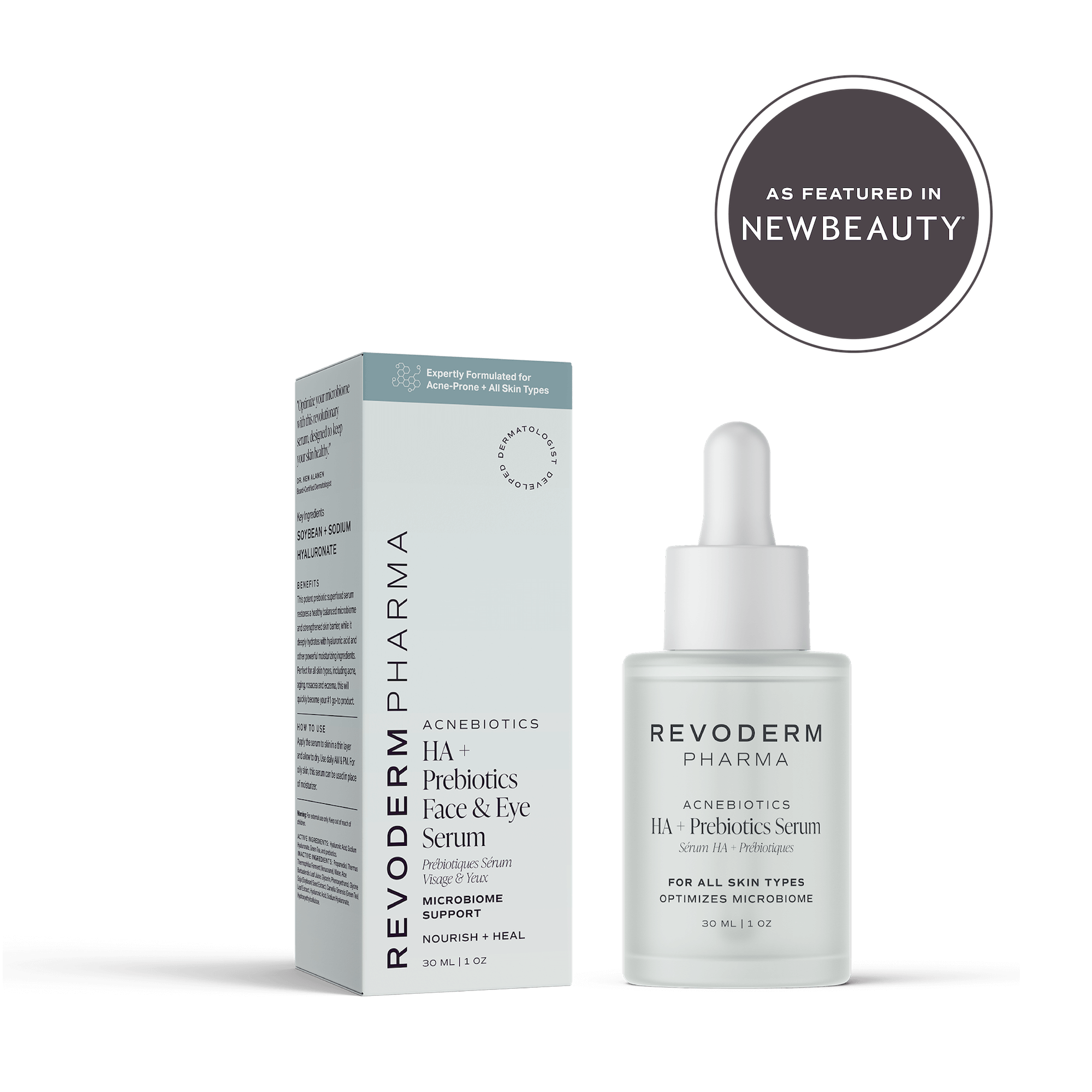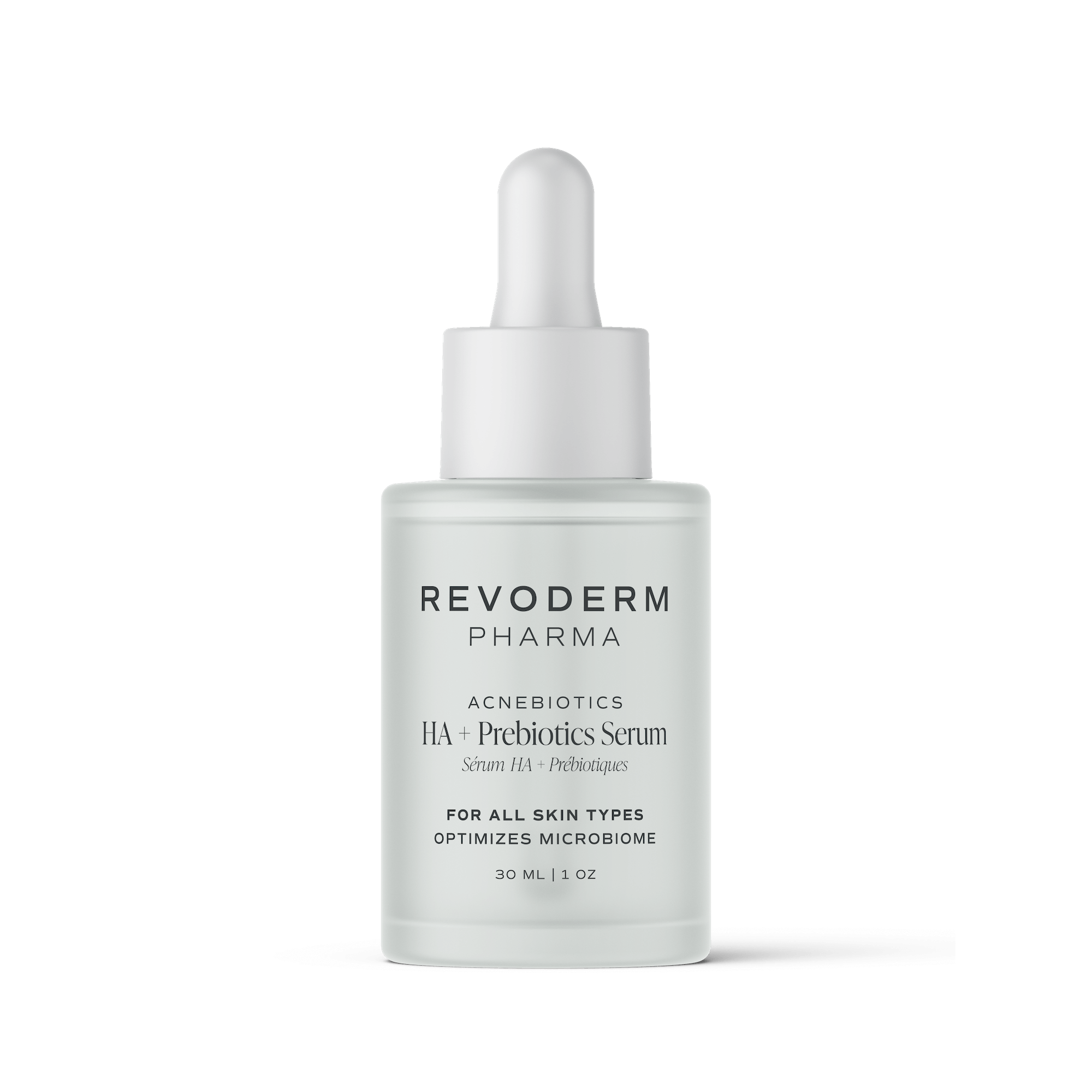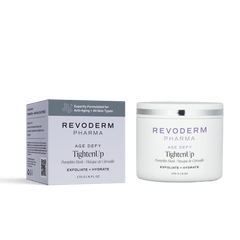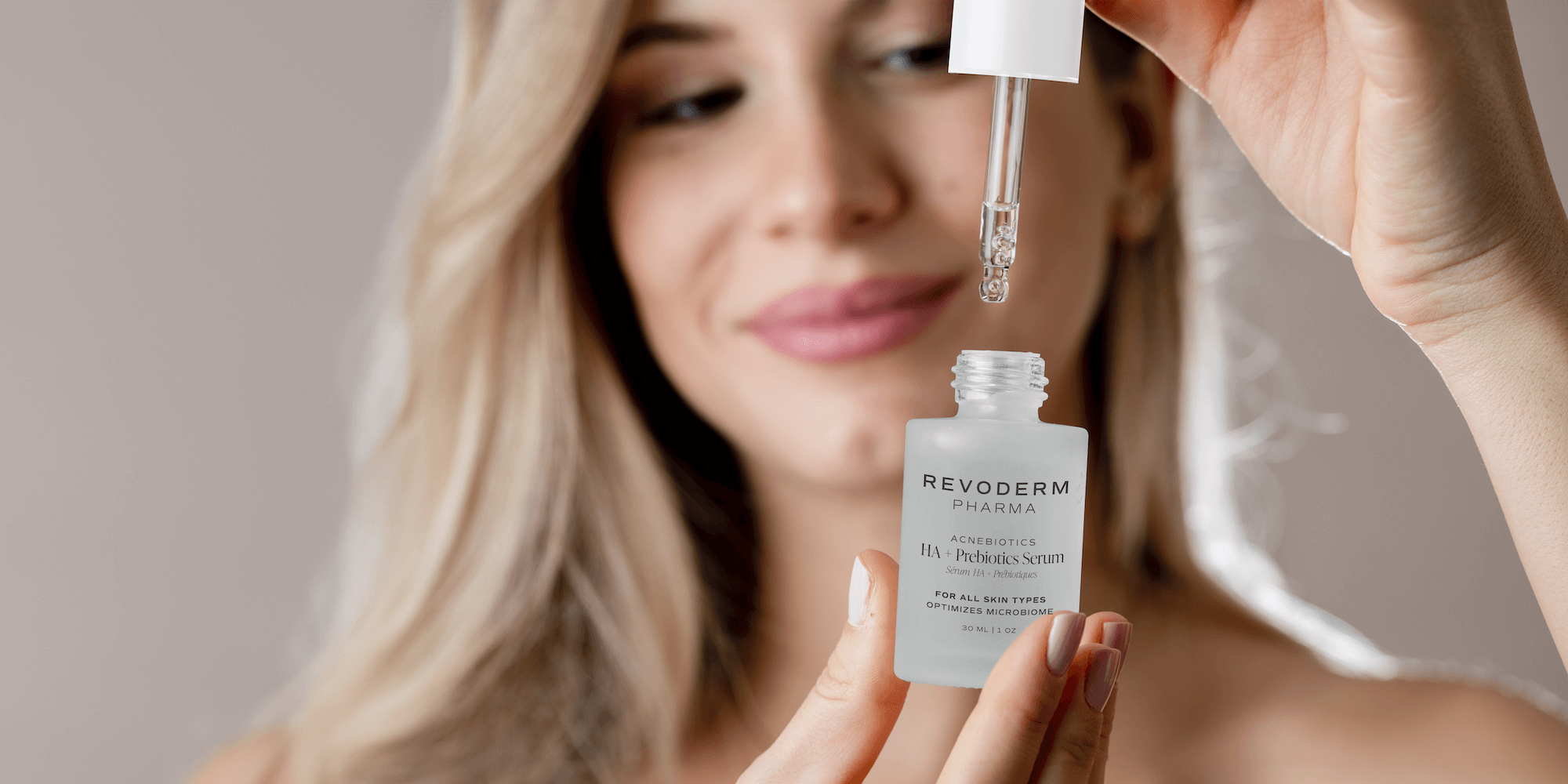Everyone’s skincare routine should consist of a few essential elements that are proven by extensive research to be effective for every skin type.
But, when it comes to chemical exfoliants or exfoliating acids, people fear that the ingredients won’t suit their skin type and then avoid using them altogether.
Decades of working as dermatologists and medical cosmetics specialists led us to believe that the main reason for this is a lack of understanding of what the word chemical stands for.
To tackle the myth of “chemicals are bad for your skin,” we wrote this extensive guide backed by research on chemical exfoliants to help you choose a better product for your everyday skincare routine.
In this text, we will cover:
- What are chemical exfoliants exactly
- The science behind chemical exfoliants
- When should you use chemical exfoliants?
- Different types of chemical exfoliants
- What exfoliant should you use, based on your skin condition
- When should you combine different chemical exfoliants
What are chemical exfoliants?

Chemical exfoliants are cosmetic products designed to remove dead cells from the skin's surface.
Our skin has natural cycles that allow regeneration of the skin’s surface. But, certain environmental factors, like sun exposure, exercise, aging, and stress, can slow the process of regeneration.
Exfoliants are a remedy to this problem. They represent a simple and quick way of removing dead skin cells, which can improve the glow, complexion, and brightness of the face. They help remove sun spots, scars, and blemishes that visibly age the skin.
Chemical exfoliants use acids that are often plant-derived to cause a mild chemical reaction in the skin.
Physical exfoliants also remove dead skin cells, but it’s done by exfoliating skin cells off.
How do chemical exfoliants work? (The science behind it all)

Chemical exfoliants layer of skin that is clogging cells that we refer to as “cement,” which keeps dead skin cells attached to the skin surface.
Our skin is mildly acidic since sweat and oils are full of acids. Those acids help form a protective layer — acid mantle, which keeps out bacteria and free radicals.
A well-balanced acid product is designed only to attack the “cement,” preventing further clogging.
Chemical exfoliants break the bonds that hold skin cells together. By doing so, the top layer of the skin sheds and reveals regenerated and brighter skin underneath. This shedding comes in different cycles that often depend on environmental factors.
Chemical exfoliation aims to leave the skin looking evenly toned, reduce the visibility of pores and unclog them, fade the signs of aging, and treat acne — all without damaging the skin.
There are different levels of aggressiveness that a chemical exfoliator can reach. The basics of formulating a chemical exfoliator are to include an effective yet not irritable amount of acids alongside the proper pH levels.
Skincare scientists work on finding the perfect balance between these elements, but it’s up to users not to apply too much product or too many different products and to properly follow the instructions.
When should you use chemical exfoliants?
How often you should use exfoliating acids depends highly on your skin type and other circumstances, but the general idea is not to use it more than two or three times a week.
Using chemical exfoliants daily can lead to over-stripping the skin of its essential, natural oils.
Typically, exfoliating acids should be used after cleansing and be the first one of the leave-on products of your skincare routine. It’s usually recommended to use exfoliants before going to sleep.
For example, after cleansing the face with Detox Facial Cleanser, gently apply the chemical exfoliant best suited for your skin type.
Remember to apply SPF after exfoliating your skin.
AHAs, BHAs, and PHAs – Different types of chemical exfoliants

All three of these acids — AHAs, BHAs, and PHAs — are acid exfoliators that serve to renew skin cells and remove different types of clogging oils and dead cells from the skin’s surface.
AHAs (Alpha Hydroxy Acid)
AHAs are water-soluble and quickly penetrate the skin.
They work exceptionally well for dry, normal, and hyperpigmented skin types. These acids come from fruits and milk, and they make your skin firm by prompting collagen production and blood flow.
AHAs trap the moisture in your skin, thus making it moisturized. Therefore, they are helpful in treating dry or mature skin in a way that reduces pigmentation and sun damage effects. They minimize the appearance of fine lines and scars, giving you radiant skin.
Common variations of AHAs are:
- Glycolic acid — stimulates the regeneration process
- Lactic acid — locks moisture in your skin
- Mandelic acid — rich in antioxidants and antibacterial properties
- Malic acid — based on apple cider vinegar for preventing pimples
- Citric acid — regulates the pH level and evens out the skin tone
- Tartaric acid — moisturizes and boosts healing properties
BHAs (Beta Hydroxy Acid)

BHAs are most commonly known as salicylic acids. They naturally occur in white willow trees and are used for their excellent anti-inflammatory properties.
BHA dissolves the oils in your skin, thus reducing clogged pores. Since they are oil-soluble, they penetrate deeper past the oil barrier, which helps prevent acne and blackheads. Its anti-bacterial properties reduce redness in different skin areas where its caused by irritation.
PHAs (Poly Hydroxy Acid)
PHAs are acids with larger molecule structures than AHAs, which means they penetrate the skin slower. They don’t exfoliate as powerfully as other acids, but they are equally effective in trapping moisture, making your skin more hydrated.
PHAs work like antioxidants and are ideal for people with sensitive skin or skin conditions like eczema and rosacea.
What chemical exfoliant should you use based on your skin condition?

If you have combined skin, opt for …
For combined skin, any acid exfoliator can do the trick. You might find that salicylic acid works best for your t-zone, while lactic is better for the rest of your body, especially your chest, and hands, and for preventing sun damage.
Our Lactic Exfoliating Lotion is great for keratosis pilaris, exfoliating ingrown hair, skin softening and smoothening, discolorations, and preventing and protecting cracked and chapped skin.
To help you combat various skin conditions, we designed Microdermabrasion Exfoliating Scrub based on volcanic pumice stone, fruit acids, sugar cane, green tea leaf, and apple extracts.
This formula eliminates dead skin cells, impurities, and makeup residue, and restores your skin to a smooth, healthy glow. Infused with natural ingredients, it promotes youthful, radiant skin, and the inclusion of glycolic acid makes it a great addition to anti-aging and acne routines by dissolving dried oil and cellular buildup.
If you have dry skin, opt for…
For dry skin, any AHAs can help reduce irritation and sun damage, but lactic and mandelic acids work best
Lactic and mandelic acids have larger molecules than the others, which means they don't penetrate the skin as deep and don’t cause as much peeling. Azelaic acid is the best if your skin is red and irritated.
Our 10% AHA Lactic Acid Exfoliating Lotion is designed to help you treat even the roughest and driest skin, sun-induced damage, pesky ingrown hairs, and the familiar "chicken skin" often seen on the upper arms.
Absorbing quickly, this lotion boasts an abundance of antioxidants and deeply hydrates, establishing a protective barrier for a silky, smooth complexion that radiates youthfulness and brightness.
If you have oily skin, opt for…
Oily skin is often prone to acne, meaning salicylic acid works best. Salicylic acid has the ability to unclog pores and eliminate blackheads and other forms of congestion while also reducing sebum and shine.
If you have sensitive skin opt for…
Mandelic acid has anti-inflammatory properties, which make it most suitable for this skin type. It also hydrates the skin, which is very important since most sensitive skins are also dry type.
If you have aging skin opt for...
Glycolic acid is perfect for skin types prone to visible aging. It reduces fine lines, prevents acne, fades dark spots, and thickens the skin.
If you want to deal with scars…
All AHAs have the property of dealing with scarred skin types. Azelaic, glycolic, and mandelic work the best since they penetrate deeper into the skin. Scars are usually postinflammatory pigmentations, and retinoid acid can reduce their visibility.
If you are dealing with hyperpigmentation…
Glycolic, lactic, and mandelic acid can work best for hyperpigmentation. Mandelic seems to be the most recommended one. All AHAs are high in Vitamin A, which is a big help when it comes to regulating hyperpigmented skin.
If you are suffering from sun damage…
Salicylic acid is perfect for treating any skin surface irregularities, whether it’s spots, congestion, or sun damage. Vitamin C is recommended for regular use to protect and heal sun-damaged skin.
When to combine multiple different chemical exfoliants?
Combining different chemical exfoliants is usually advised against if it comes from two different products. Combining chemical exfoliants and Vitamin C can irritate your skin since it can lead to excessive redness and itching.
But it’s fine to combine AHAs and BHAs as long as they are from the same product. Products with both AHA and BHA in their formula usually have a balanced percentage of both acids, which is suitable for all skin types.
Many skincare brands combine AHA, BHA, and PHA in their products, so it’s safe to use a few times per week in your skincare routine. It also reduces the chances of over-exfoliation if they’re all combined within the same product.
Vitamin C can have exfoliating effects, and that’s why it’s not recommended to be used alongside AHAs and BHAs. If it’s used a couple of times per week alone, it can serve as an excellent exfoliator for treating redness and inflammation, while when it’s used in combination with other acids, it can cause irritation.
Dry skin types shouldn’t often exfoliate, especially not with combined acids. However, oily or acne-prone skin types should exfoliate a couple of times per week, and it would be helpful to use products that include both AHAs and BHAs.
Who are we, and why should you trust us?
Revoderm Pharma was founded by a triple-certified dermatologist, dermatopathologist, and laboratory medicine specialist Dr. Ken Alanen and skincare and medical cosmetic specialist, Ildiko Juhasz, with 20+ years of clinical experience.
Together, they have created a unique fusion of clinical dermatology and laboratory medicine — a medical-grade luxury skincare line — ensuring that our products are backed by solid scientific research.
Revoderm Pharma has been trusted by patients and clients at Derm.ca, a leading dermatology and laser cosmetic practice, for over a decade. Our products are not only tested, but have consistently delivered real results in clinical settings, giving you peace of mind knowing that a proven track record backs your skincare.
Schedule consultations with us for a personalized skin program based on your skin type.

